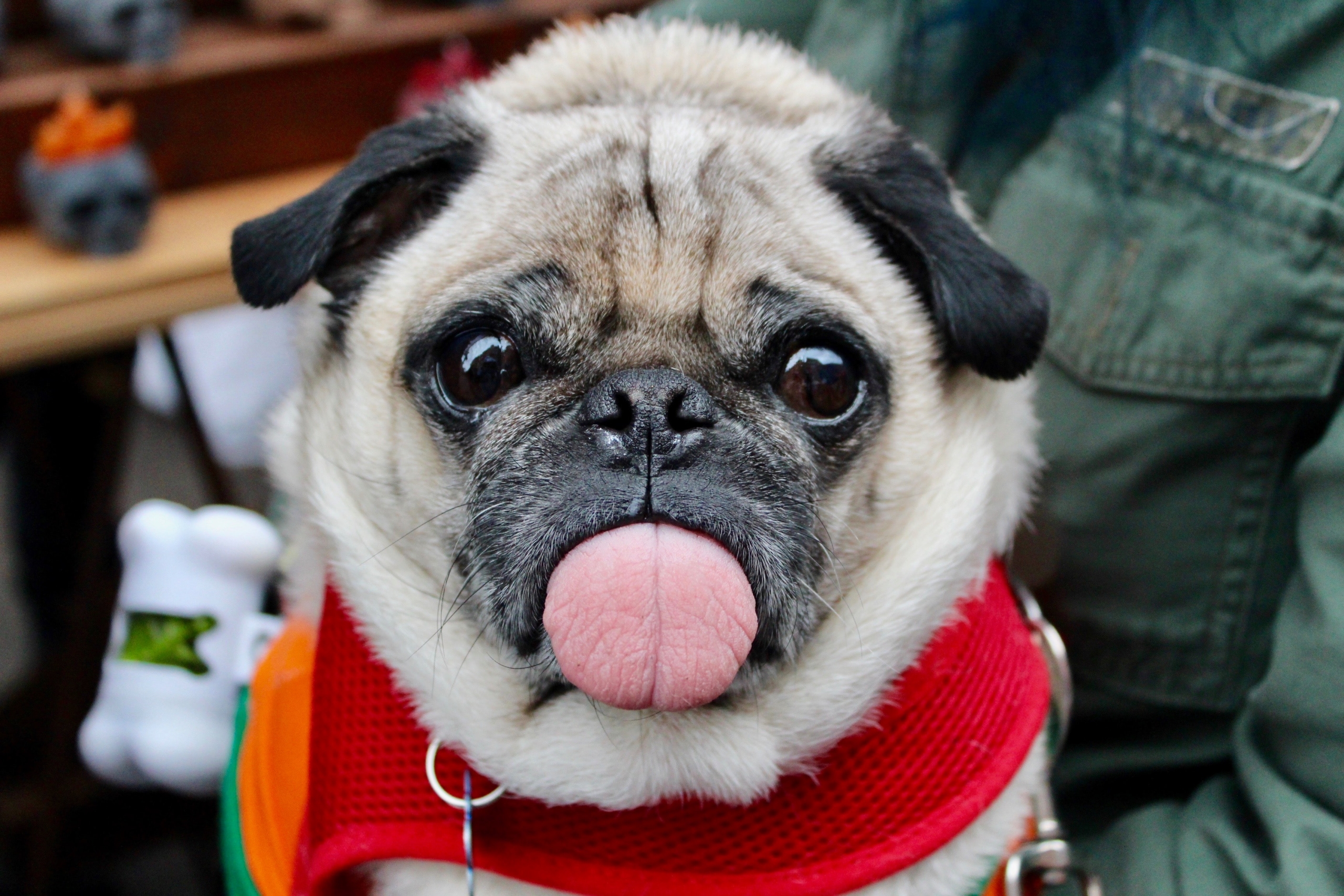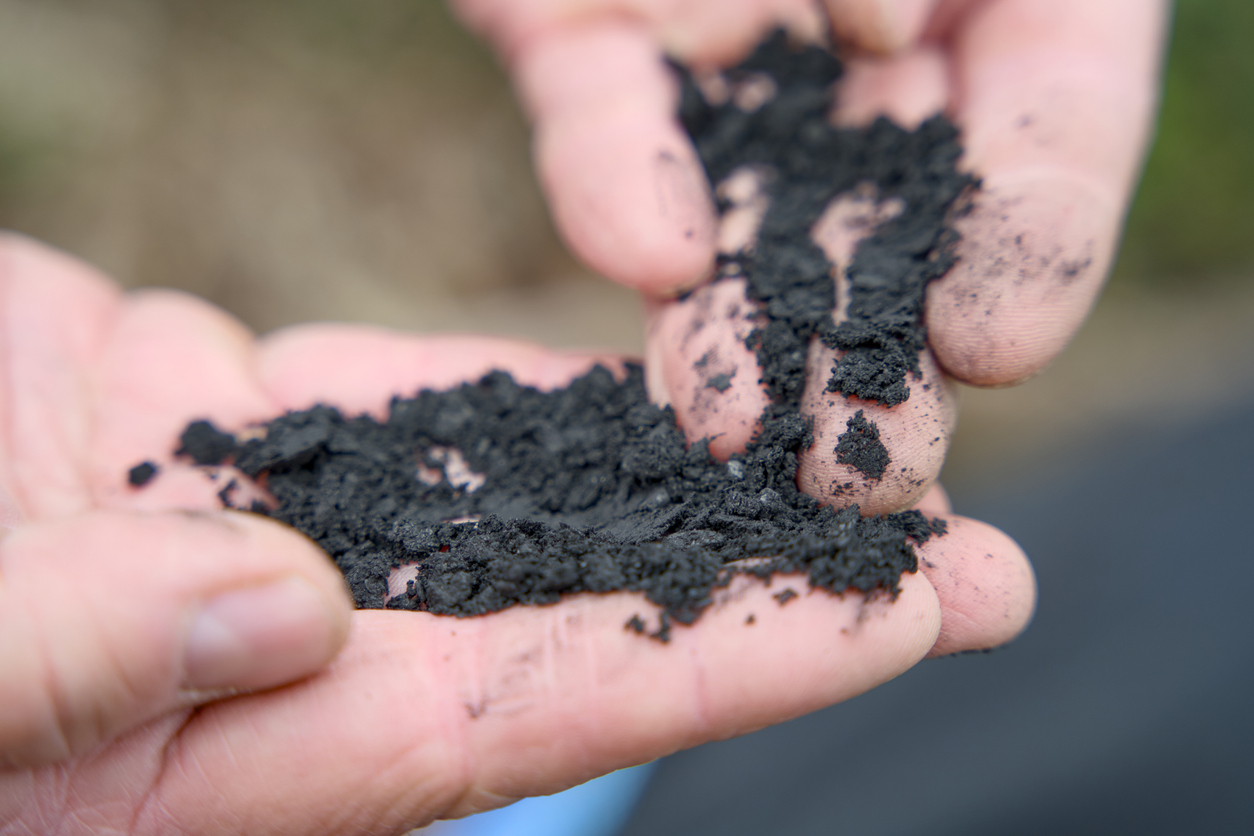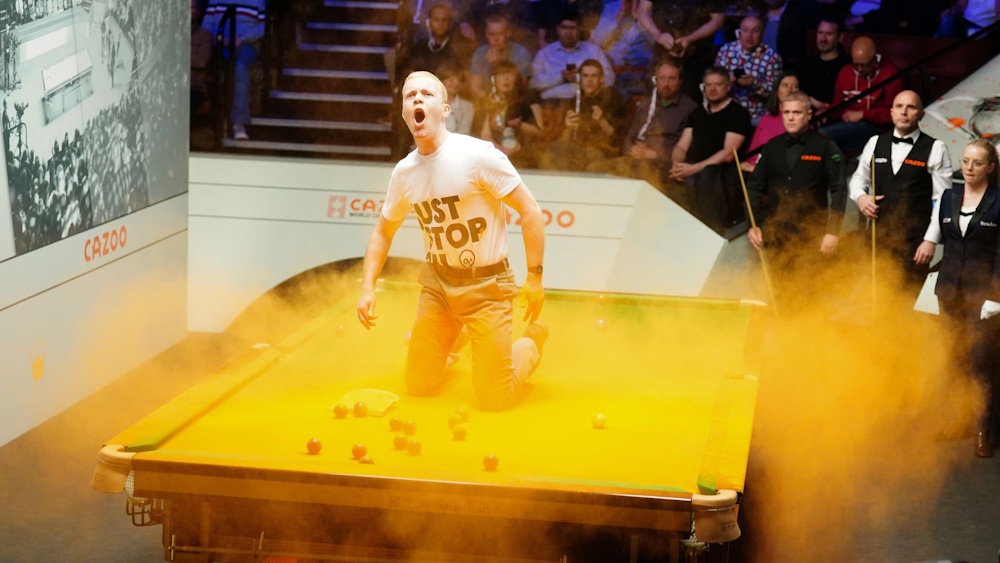Article
Meme Theory: How becoming a social media sensation cultivates a brand

Ayobolade Dada, part of Diffusion’s internship programme in partnership with 10,000 Black Interns, explains how the use of memes can bolster a brand’s PR strategy.
The Meme Theory was initially introduced by evolutionary biologist Richard Dawkins in his 1976 best-seller “The Selfish Gene.” The meme was a scientific term that was described as an idea, behaviour, or style that circulates among individuals within a culture, similar to a gene-pool.
The meme is now a firm fixture in modern day communication, having been adopted, adapted and reinvented by the internet and its global user base. Visuals, video and text flood our social platforms and unite us with strangers from all corners of the world as we consume bitesize snapshots of nuanced scenarios we all seem to have experienced at some point.
Meme culture is one of the defining trends of today’s world. We as humans are natural social beings, and instinctively want to share our emotions and relate with other. A meme can communicate a complex notion, state of mind, inside joke or common knowledge far more quickly than a textual description of a topic or idea, akin to how emojis are used to convey mixed moods or feelings. In these circumstances, context is crucial and greatly affects how recipients would perceive the meme.
According to studies from Mittal, the average Gen Z views 20–30 memes each day and memes have a reach of around ten times that of traditional marketing images, with 60% of their engagement being organic. This is where brands can nail their PR strategy, or completely fall flat.
Quick and inexpensive (if not completely free), memes can be even more impactful for a brand’s image than a major advertising campaign. With the right person in charge of the platforms exercising a little ingenuity and creativity, successful meme use can drive consumers to take care of all the promotion by engaging and sharing. Take the Ryanair social media team who have found a way to keep the brand exciting by capitalising the most recent news and trends on Twitter. For instance, pretending to be a new bombshell visiting the villa leverages the buzz of cultural phenomenon Love Island.
Integrating the meme into your social media strategy can transform a brand’s online presence from indistinguishable to authentic, current, and human. It generates a personal touch by drawing on current events and cultural phenomena, increasing the connection with the audience.
Netflix’s reaction to the ‘memeification’ of its Bird Box feature film provides a perfect example of how a company should use memes. Originally produced by the public, the brand quickly caught on and pounced, adding its own tongue-in-cheek creations into the mix. Despite scathing reviews from critics, its streams skyrocketed, thanks to the public’s resulting piqued curiosity. Netflix later revealed that 45 million accounts watched the film in the opening week as people rushed to get in on the joke.
Brands should be mindful that, memes are erratic. It’s impossible to forecast which ones will catch on or have a lasting effect, making developing a marketing strategy around them challenging. They can be fleeting, with new ones born every second, eclipsing last week’s obsessions. For brands, this highlights the importance of striking while the iron is hot, and not relying on them as singular or long-term strategies.
We are all familiar with examples of the double-edged sword memes can turn into within a brand’s marketing artillery. Used improperly, they can result in a complete PR nightmare. Just ask Pepsi about the controversy surrounding its 2017 advertisement starring Kendall Jenner, which was quickly removed after being criticised for using the Black Lives Matter demonstrations to pedal a soft drink. As quickly as the criticism appeared, memes followed suit with equal vigour, and haven’t truly gone away, neither from the internet nor our collective memory, since it aired.
How To Make Your Meme Go Viral
The virality of memes can be examined using Dawkins’ three key characteristics: copy fidelity (quality of the meme), longevity (the lifespan of the meme), and fecundity (the rate at which a meme is copied and spread). This is crucial to its success, and any brand who chooses to use them.
How to nail your PR strategy using memes:
- Make sure your meme matches your brand voice: stay consistent with who you are. If it doesn’t fit, it will come across as an opportunistic, insincere way of jumping on the bandwagon, and it will backfire.
- Know your target audience: You should already have an understanding what makes them buy into your brand, and a considered, curated meme strategy will help you grasp their sense of humour and strengthen your relationship.
- Watch your timing: If you are using an existing meme make sure it is still popular or trendy before using it. When creating your own meme, establish that the social environment is suitable, or you risk coming off as insensitive and tone deaf.
- Be original: It can be challenging to effectively connect memes to your brand, and latching on to one with no relevance to your brand will immediately put people off.
- Simplicity is key: Consumers are inundated with new posts every second. A concise message can have a greater impact than one that is lengthy. To get engagement, you must make yours simple but unique.
Ayo is part of Diffusion’s internship programme in partnership with 10000 Black Interns, which transforms the horizons and prospects of young black people in the United Kingdom through paid work experience across a wide range of industries.





